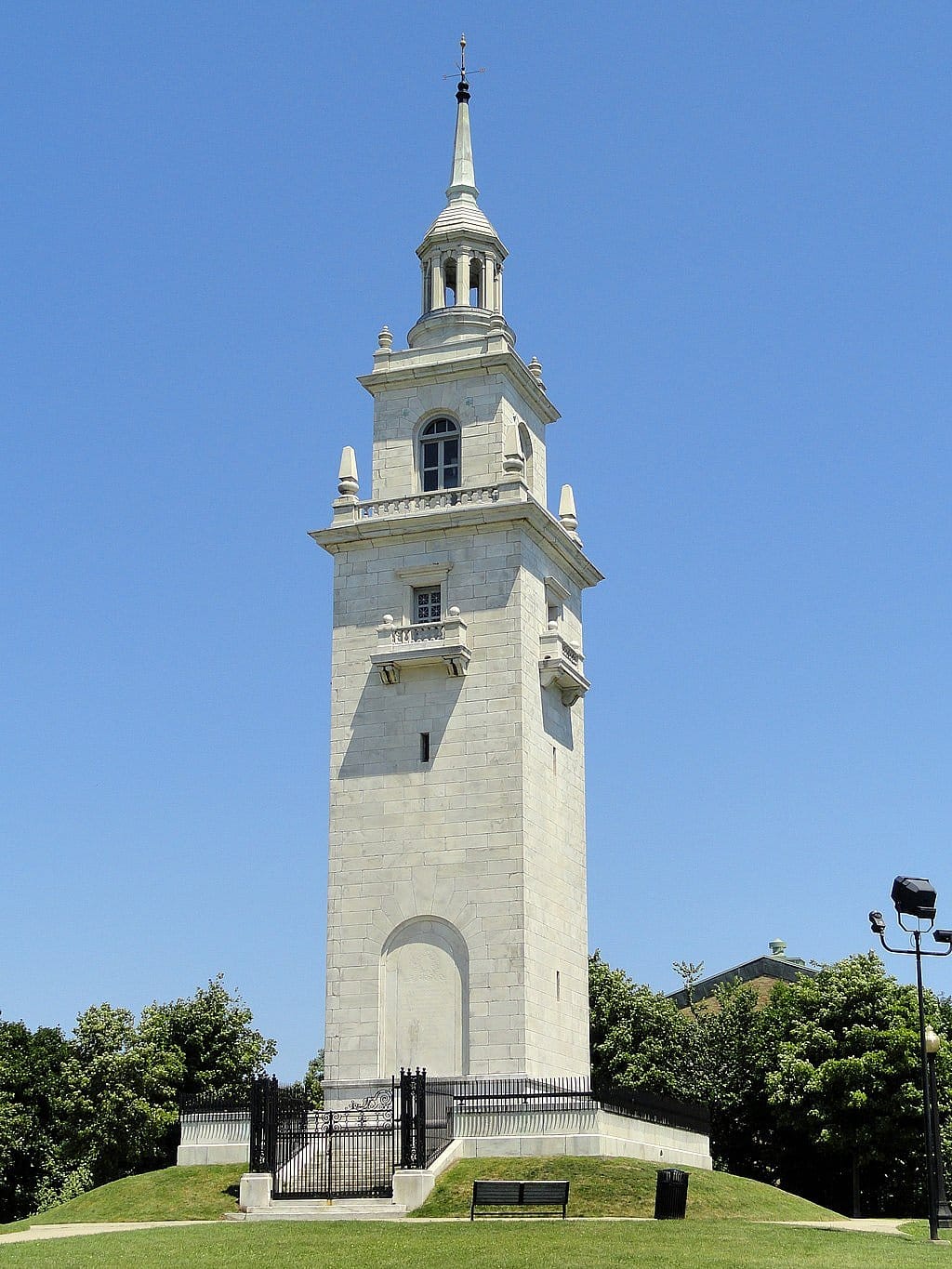Dorchester Heights Revolutionary War Monument To Get $30 Million Restoration — And Why It Matters

A 115-foot-high tower in South Boston that commemorates the evacuation of Boston by British troops in March 1776 will undergo a $30 million restoration starting this coming weekend, officials said.
The project, which is scheduled to begin Friday, September 15, is designed to restore the tower and the surrounding landscape "to its former grandeur" in time for the 250th anniversary of the British evacuation, which is March 17, 2026, according to a written statement from The National Parks of Boston.

